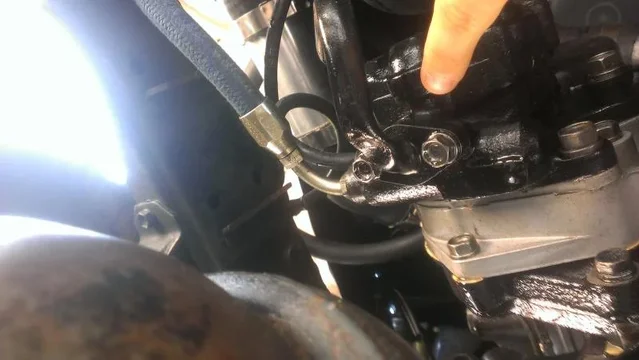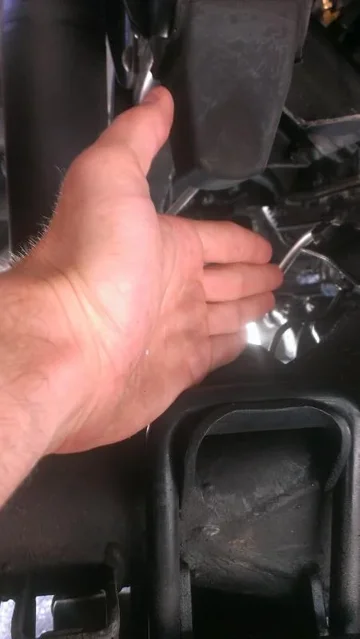I thought the 4BD1 and 2 had the same PS pump set up? Looking at my swap, I don't see how the line could hit the diff.?
I know your adapter positions the engine further rearward by maybe an inch, but I have many inches of clearance on mine, both vertically and horizontally, and I imagined yours to be the same.
Is it the return or supply that hits?
Here is what mine looks like. Maybe you can reroute the hose/fittings?
Doug



I know your adapter positions the engine further rearward by maybe an inch, but I have many inches of clearance on mine, both vertically and horizontally, and I imagined yours to be the same.
Is it the return or supply that hits?
Here is what mine looks like. Maybe you can reroute the hose/fittings?
Doug





![DSCN0430[1].webp DSCN0430[1].webp](https://forum.ih8mud.com/data/attachments/599/599452-51f1a205642c884e38b5e3e0b5775f8e.jpg?hash=HAhRyfstUW)
![DSCN0431[1].webp DSCN0431[1].webp](https://forum.ih8mud.com/data/attachments/599/599453-b3030aeaa130aed92d5b3f96878e6c67.jpg?hash=9UfIBRu45S)
![DSCN0438[1].webp DSCN0438[1].webp](https://forum.ih8mud.com/data/attachments/599/599454-59da9a69dd5bbf0d216fcf4e82d04b81.jpg?hash=FyaKWCwqHU)
![DSCN0439[1].webp DSCN0439[1].webp](https://forum.ih8mud.com/data/attachments/599/599455-f6b990ce2508b7a354094e4de7cd30c0.jpg?hash=_9K22EhBx-)
![DSCN0440[1].webp DSCN0440[1].webp](https://forum.ih8mud.com/data/attachments/599/599456-786da8f90cfcbe3b6f52caec3fcfc211.jpg?hash=dTHVyG-lEs)

